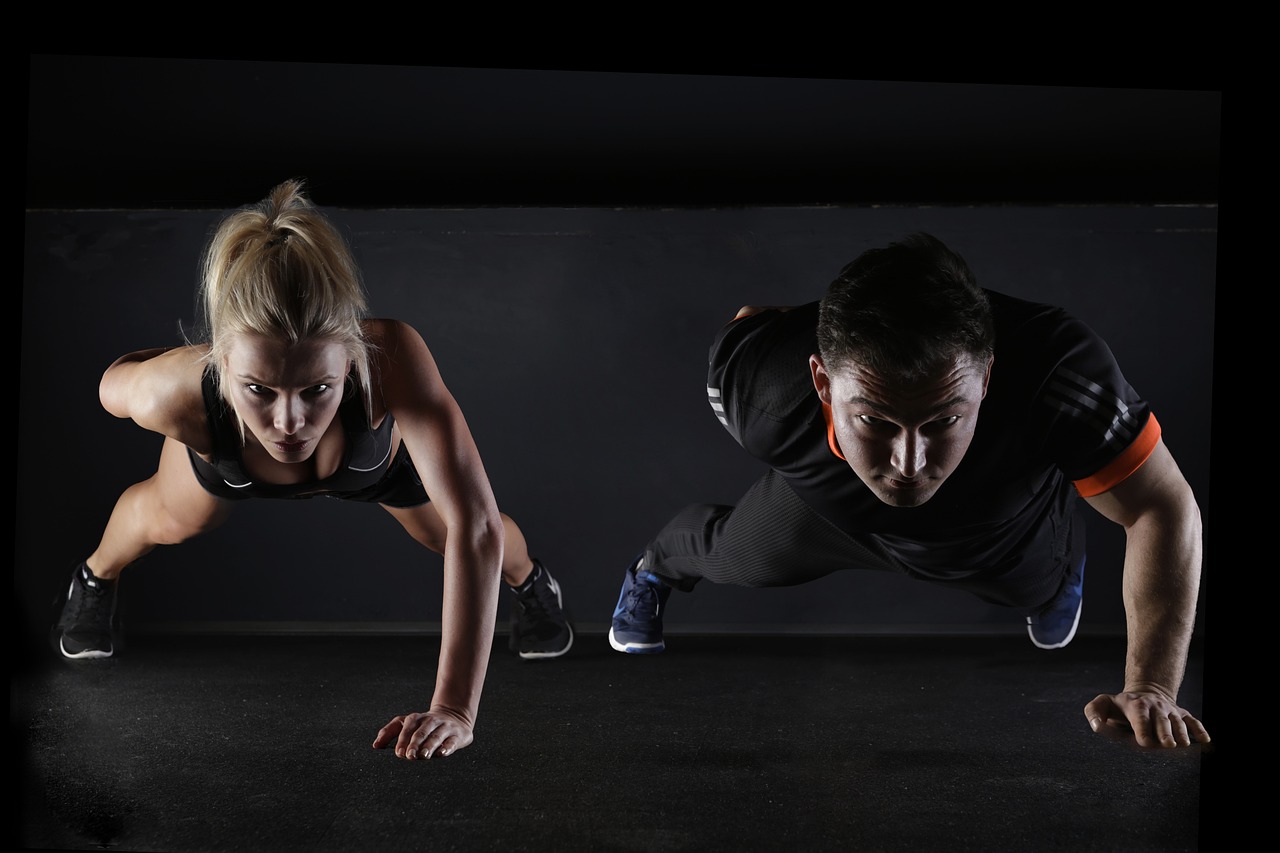Table of Contents
How we achieve fitness is changing dramatically, and it&8217;s thanks to advancements in technology. The era of technology has opened up new doors for staying healthy and active, revolutionizing the way we exercise and take care of ourselves.
1. The Rise of Online Workout Platforms
Home workout sites are gaining popularity, with convenience and variety being the attractions. Through a few clicks, individuals have thousands of exercise videos at their fingertips, all designed according to fitness level. The websites feature instructors leading participants through exercise routines, ranging from yoga to high-intensity interval training.
2. Virtual Reality Fitness: A New Frontier
Virtual Reality (VR) is transforming the fitness landscape by making workouts immersive and exciting. VR technology transports users into engaging environments where they can perform exercises that do not seem like traditional workouts. For example, they can box against virtual opponents, engage in fantasy sword fights, or dance in a virtual club. This gamification of exercise keeps motivation high and makes fitness fun. The result is that users often don’t notice the time passing as they exercise, leading to longer and more effective workouts. VR fitness offers a novel way to engage those who might otherwise find conventional exercise routines monotonous.
3. Fitness Apps: Personalized Training at Your Fingertips

Fitness apps serve as personal trainers in our pockets. They offer customized workout regimens, monitor fitness progress, and give motivational advice to maintain long-term compliance with exercise objectives. From video tutorials, timer settings, and even vocal instructions, fitness apps appeal to different training styles and objectives. Most apps also have the ability to synchronize with wearable wearables to monitor heart rates, step count, and calories consumed, giving an enhanced picture of one&8217;s body activities. Members can create daily, weekly, or monthly goals and modify schedules according to their improvement, so it is simple to notice actual results and remain committed.
4. Social Media: Building Virtual Fitness Communities
Social media has become a necessary tool for bringing together fitness fanatics across the globe. Sites such as Instagram, Facebook, and Twitter are crowded with fitness enthusiasts, who post about their exercise routines, nutritional advice, and inspirational messages. Individuals participate in virtual fitness challenges, track workout trends, and encourage one another with likes and comments. Virtual communities offer feelings of connection and responsibility. Watching others&8217; improvement and posting individual success can inspire motivation and encouragement, making fitness a social pursuit. With these interactions, users acquire new exercises, learn cutting-edge training techniques, and build support groups that promote healthy lifestyles.
5. Wearable Technology: Tracking Progress with Precision
Wearable devices like fitness bands and smartwatches have transformed the way we monitor our health. Gadgets track measurements such as heart rate, sleep, and activity, offering key insights into an individual&8217;s body condition. These statistics allow users to optimize their exercise routine on the basis of accurate measurements, gearing up for improved performance. Facilities such as reminders to move, daily step counts, and sleep quality checkup ensure a healthy lifestyle. Wearables also connect to other online platforms and apps, giving a complete view of one&8217;s progress. Wearables are becoming increasingly accurate, convenient, and a must-have for fitness enthusiasts as technology improves.
6. Live Streaming Workouts: Real-Time Engagement
Live streaming workouts have surged in popularity, especially in recent times. Trainers conduct classes in real-time, allowing participants to join from anywhere in the world. This format bridges the gap between physical gym experiences and at-home workouts, bringing a sense of community and real-time feedback. Instructors can interact with participants, correct their form, and provide personalized adjustments, enhancing the session’s effectiveness. Live classes also foster a sense of discipline, as participants adhere to set schedules and participate alongside peers. This real-time interaction and immediate feedback encourage consistent participation, making live streaming a dynamic addition to the digital fitness realm.
